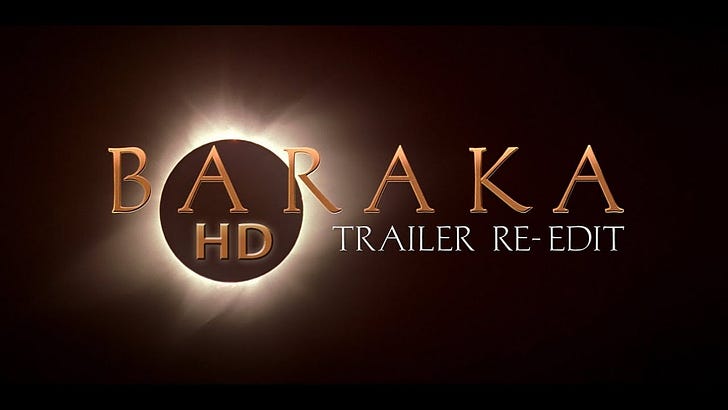The 7 Best Documentaries About Earth
Earth Day was set up in conjunction with the growing environmental movement, and after 44 years that remains the main purpose of the occasion. But we can also think of this day as a time to celebrate the planet like it’s her birthday. Happy 4.54 billionth, Earth! Again!
Therefore I’d like to not just devote the day to listing environmental issue films. I…
Keep reading with a 7-day free trial
Subscribe to Nonfics to keep reading this post and get 7 days of free access to the full post archives.



